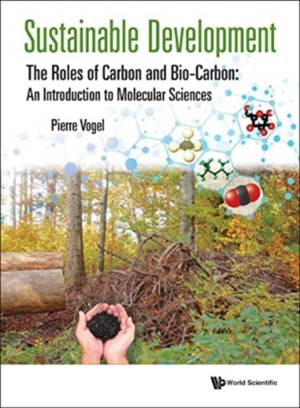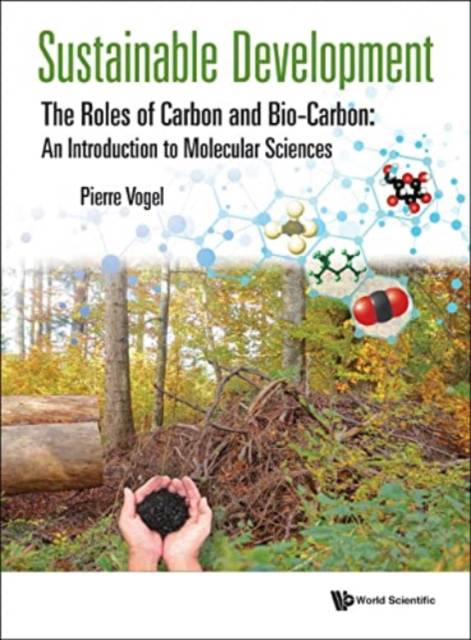
- Afhalen na 1 uur in een winkel met voorraad
- Gratis thuislevering in België vanaf € 30
- Ruim aanbod met 7 miljoen producten
- Afhalen na 1 uur in een winkel met voorraad
- Gratis thuislevering in België vanaf € 30
- Ruim aanbod met 7 miljoen producten
Zoeken
Sustainable Development - The Roles of Carbon and Bio-Carbon: An Introduction to Molecular Sciences
Pierre Vogel
Hardcover | Engels
€ 249,95
+ 499 punten
Omschrijving
Due to overconsumption of fossil carbon, humanity faces four major problems: global warming, decrease of biodiversity, pollution of the biosphere, and the degradation of agriculture soils. It is not enough to reduce our greenhouse gas emissions by stopping the consumption of fossil carbon; it is also urgent to remove carbon dioxide from the atmosphere. In order to understand the challenges outlined above, a minimal knowledge of the most important carbon compounds and their transformations is an asset. This textbook is therefore an introduction to the molecular sciences and shows how we depend on carbon compounds, what they are and how they are transformed.Plant biomass, including agricultural, forestry and urban wastes, is the source of bio-carbon that can replace fossil carbon. In addition, we will always need carbon-containing substances for our comfort and health. These important topics are covered in this textbook.Life begins with water, carbon dioxide, and the sun. Carbon dioxide is not a waste, but a starting material for a better life. Biomass and carbon dioxide are our best allies in sustainable development (circular economy). This textbook explains why.This book contains 100 problems and solutions; more than 180 colour pages; and bibliographical sketches of most important scientists and inventors.
Specificaties
Betrokkenen
- Auteur(s):
- Uitgeverij:
Inhoud
- Aantal bladzijden:
- 612
- Taal:
- Engels
Eigenschappen
- Productcode (EAN):
- 9789811240485
- Verschijningsdatum:
- 20/09/2022
- Uitvoering:
- Hardcover
- Formaat:
- Genaaid
- Afmetingen:
- 193 mm x 262 mm
- Gewicht:
- 1247 g

Alleen bij Standaard Boekhandel
+ 499 punten op je klantenkaart van Standaard Boekhandel
Beoordelingen
We publiceren alleen reviews die voldoen aan de voorwaarden voor reviews. Bekijk onze voorwaarden voor reviews.








